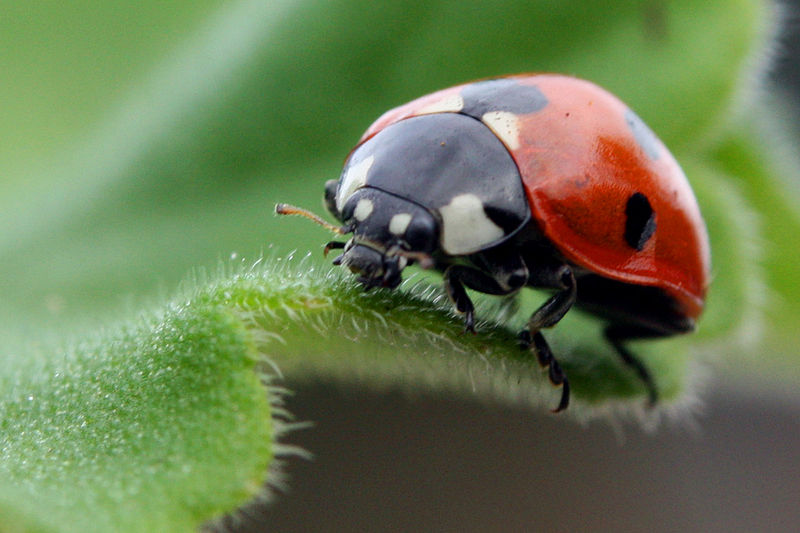By: Sandy Ong
Send to a friend
The details you provide on this page will not be used to send unsolicited email, and will not be sold to a 3rd party. See privacy policy.
[SINGAPORE] Natural predators of common agricultural pests can save farmers money spent on insecticides while being friendly to health and environment, a study carried out in the cotton fields of China suggests.
Results of the study, published this month (June) in Environmental Research Letters, demonstrated for the first time the economic benefit of using natural predators such as ladybird beetles as a form of pest control. The study estimated that cotton farmers in China could save more than US$300 million by doubling the density of ladybirds in their fields. Ladybirds are natural predators of aphids, a primary cotton pest that greatly reduces crop yields.
“By putting a value on this free service (provided by ladybirds) we invite people to think more carefully about what we get from nature and how we may be affected if we lose it — or if it continues to be poorly managed”
Wei Zhang, International Food Policy Research Institute
Ladybirds provide a service that is underused and overlooked, says Wei Zhang, an expert in ecosystem services at the International Food Policy Research Institute, Washington DC, and co-author of the study. “Chinese farmers’ awareness of the function of ladybeetles is low,” Zhang tells SciDev.Net.
According to the study, making greater use of ladybirds as a natural form of pest control can increase yields and save farmers time and money. For every additional 1,000 ladybirds per hectare of cotton, farmers used 0.69 kilograms less insecticide while also saving time from reduced insecticide spraying.
Overall, the study found that doubling ladybird density increased incomes by approximately US$100 per hectare per year.
The findings provide a baseline to compare the value of deploying natural enemies of crop pests with insecticide use. “The study shows that better capture of biological pest control results in better economics for farmers, never mind the environmental and health benefits of reduced insecticide exposure,” says Nancy Schellhorn, pest management expert with the Commonwealth Scientific and Industrial Research Organisation.
The study addresses both environmental and economic dimensions, says environmental economist Scott Swinton from Michigan State University. “It is common for biologists to lead studies with careful biological data collection, but with little attention to human management decisions — or for social scientists to conduct careful household surveys that omit biological measures,” he says.
But Swinton cautions that biological pest control isn’t always a viable or cost-effective substitute for insecticides because “there isn’t always the right biological control agent available for a pest, and even when there is, it may be costly to provide for its habitat needs”.
While the study authors acknowledge that insecticide use can’t be eliminated completely, they say using natural predators can significantly reduce the amounts of chemicals needed.“By putting a value on this free service (provided by ladybirds) we invite people to think more carefully about what we get from nature and how we may be affected if we lose it — or if it continues to be poorly managed,” says Wei.
This piece was produced by SciDev.Net’s Asia & Pacific desk.














